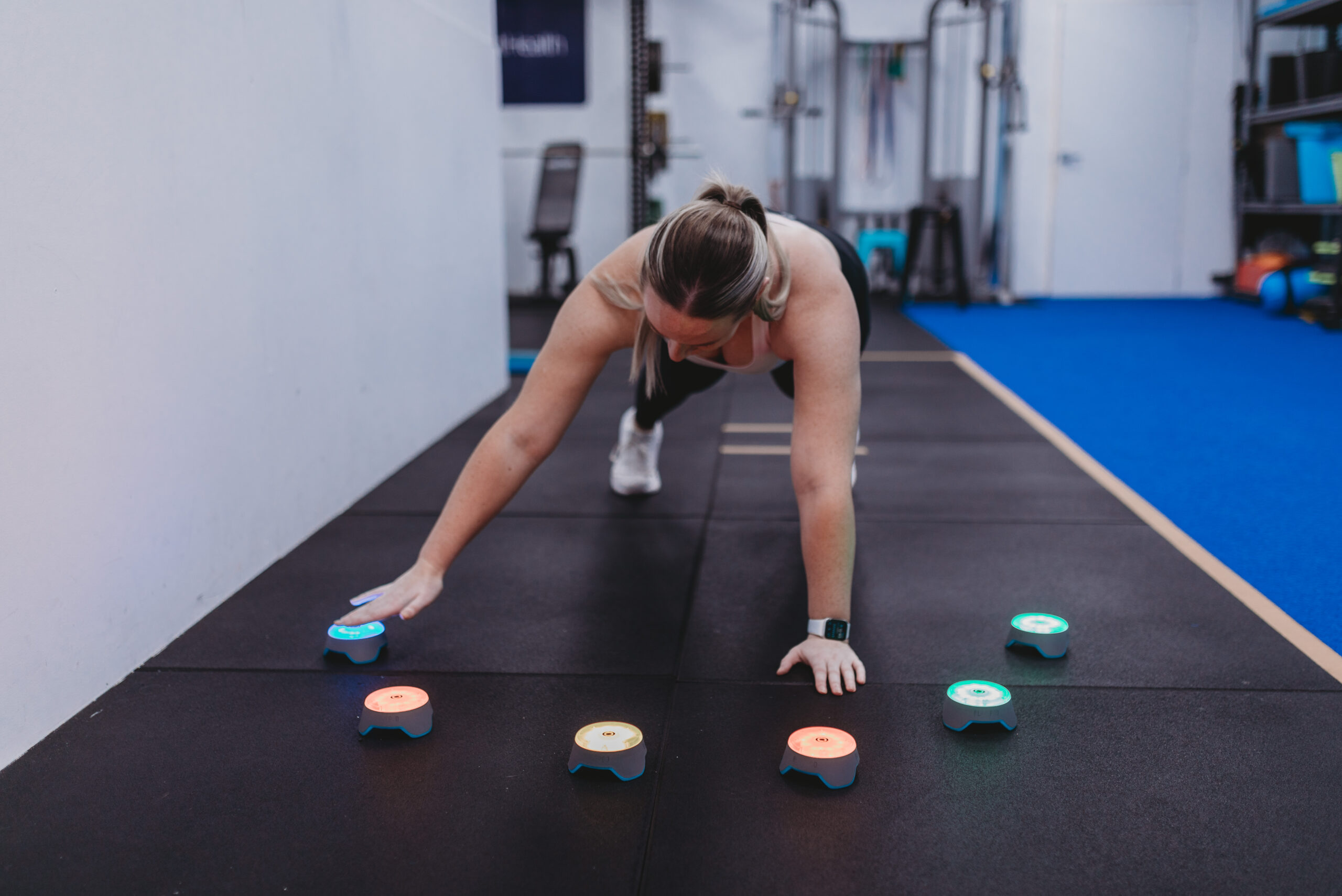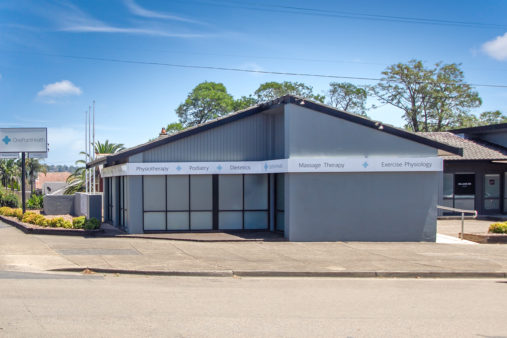Sports physiotherapists play a crucial role in caring for Australian athletes by preventing injuries through biomechanical analysis and tailored training programs, treating sports injuries with techniques like manual therapy and taping, guiding rehabilitation after injuries and surgery, enhancing performance through conditioning and movement training, and educating athletes on safe sports participation.
What is Sports Physiotherapy?
Sports physiotherapy is a branch of physiotherapy that focuses on the prevention, treatment, and rehabilitation of injuries related to sports and exercise. Physiotherapists in this area work with athletes and physically active individuals to optimise their performance, prevent injuries, and facilitate their recovery from sports-related injuries.
The role of a sports physiotherapist involves:
- Injury Prevention: They assess athletes for any biomechanical imbalances, weaknesses, or movement patterns that could increase the risk of injury. They may then develop tailored exercise programs to address these issues and improve overall performance.
- Treatment of Sports Injuries: When athletes sustain injuries, sports physiotherapists assess the extent of the injury, provide immediate care such as first aid and acute injury management, and develop comprehensive treatment plans to facilitate recovery independently or in conjunction with other medical professionals. Treatment modalities may include manual therapy, exercise prescription, taping, and more.
- Rehabilitation: Sports physiotherapists guide athletes through the rehabilitation process following an injury or surgery. They design rehabilitation programs to restore strength, flexibility, proprioception, and functional movement patterns, aiming to help athletes return to their pre-injury level of performance safely and efficiently.
- Performance Enhancement: Sports physiotherapists work closely with athletes and others on their team – doctors – exercise physiologists – strength and conditioning coaches, to optimise their physical conditioning, biomechanics, and movement efficiency, ultimately enhancing their athletic performance and reducing the risk of future injuries.
- Education and Advice: They provide education on injury prevention strategies, proper biomechanics, ergonomics, and training techniques to athletes, coaches, and sports teams to promote a safe and healthy approach to training and competition.
What are common Sports Injuries treated by a Physiotherapist?
Sports physiotherapists commonly treat a wide range of injuries that occur as a result of sports or physical activity. They can be acute in nature or overuse/chronic injuries. Some of the most common injuries they encounter include:
- Sprains and Strains: These injuries involve stretching or tearing of ligaments (sprains) or muscles/tendons (strains). They often occur due to sudden movements, overuse, or poor biomechanics.
- Muscle Tears: Tears in muscle fibres can range from minor strains to severe ruptures, often resulting from sudden, forceful movements or overexertion.
- Joint Injuries: Including dislocations, subluxations, and cartilage injuries (e.g., meniscal tears in the knee), commonly caused by direct trauma, repetitive stress, or poor biomechanics.
- Tendonitis and Tendinopathy: Inflammation or degeneration of tendons, often due to repetitive overuse, improper technique, or biomechanical issues.
- Fractures: Broken bones can occur from falls, collisions, or high-impact forces during sports activities.
- Overuse Injuries: Including stress fractures, tendinopathies, and muscle imbalances, which develop gradually over time due to repetitive stress on specific tissues without adequate rest or recovery.
- Concussions: Head injuries resulting from impact or rapid acceleration/deceleration forces, commonly seen in contact sports like football, soccer, and hockey.
- Ligament Injuries: Such as anterior cruciate ligament (ACL) tears in the knee or sprains of the ankle ligaments, often caused by sudden changes in direction or direct trauma.
- Strains of the Back and Neck: These can occur due to improper lifting techniques, poor posture, or sudden movements during sports activities.
- Shoulder Injuries: Including rotator cuff tears, shoulder impingement, and dislocations, often seen in sports that involve overhead movements or repetitive throwing.
Can sports injuries be prevented?
Sports injuries cannot be prevented BUT their risk can be reduced through various preventive measures. Here are some strategies commonly employed to prevent sports injuries:
- Proper Warm-Up: A thorough warm-up routine, including dynamic movement patterns and stretching and light aerobic activity, helps prepare the body for the demands of exercise or sports participation, increasing flexibility and blood flow to muscles.
- Correct Technique: Ensuring athletes use proper technique and form during activities can significantly reduce the risk of injury. Coaches and trainers should provide instruction on correct movement patterns and offer feedback to athletes.
- Gradual Progression: Athletes should gradually increase the intensity, duration, and frequency of their training to allow their bodies to adapt to increased demands and minimise the risk of overuse injuries.
- Strength and Conditioning: Incorporating strength training, flexibility exercises, and functional movement drills into training programs can improve muscular strength, endurance, and stability, reducing the risk of injuries.
- Proper Equipment: Wearing appropriate protective gear and equipment specific to the sport or activity can help prevent injuries. This includes helmets, pads, braces, supportive footwear, and other safety gear.
- Rest and Recovery: Adequate rest and recovery periods are essential for allowing the body to repair and adapt to the stresses of training. Athletes should prioritise sleep, proper nutrition, and active recovery techniques to prevent overtraining and reduce injury risk.
- Hydration and Nutrition: Maintaining proper hydration and nutrition levels is crucial for supporting overall health and performance, as well as reducing the risk of muscle cramps, fatigue, and injuries.
- Cross-Training: Engaging in a variety of physical activities and sports can help prevent overuse injuries by distributing stress across different muscle groups and reducing repetitive strain on specific tissues.
- Regular Screening and Assessment: Periodic screenings for biomechanical imbalances, movement dysfunctions, and musculoskeletal weaknesses can identify potential injury risk factors early, allowing for targeted interventions and corrective exercises.
- Education and Awareness: Athletes, coaches, and parents should be educated about injury prevention strategies, proper warm-up and cool-down techniques, and the importance of listening to the body’s signals to avoid pushing through pain or fatigue.
What is the return to sport timeframe for sports injuries?
The return to sport timeframe for sports injuries varies widely depending on several factors, including the type and severity of the injury, individual factors such as age and fitness level, the effectiveness of treatment and rehabilitation, and the specific requirements of the sport or activity. Here’s a general overview of the typical return to sport timelines for some common sports injuries:
- Minor Sprains and Strains: Minor ligament sprains or muscle strains may require a few days to a couple of weeks of rest and rehabilitation before returning to sport. However, more severe sprains or strains may require several weeks or even months of rehabilitation.
- Fractures: The timeframe for returning to sport after a fracture depends on the location and severity of the fracture, as well as the type of treatment (e.g., casting, surgery). Minor fractures may require a few weeks to a couple of months of immobilisation and rehabilitation, while more severe fractures may necessitate several months of recovery before returning to sport.
- Tendon Injuries: Tendon injuries, such as tendinopathies or partial tears, can require several weeks to months of rest and rehabilitation. In some cases, surgical intervention may be necessary, extending the recovery timeline.
- Joint Injuries: Injuries to the joints, such as meniscal tears in the knee or labral tears in the shoulder, may require several weeks to months of rehabilitation, particularly if surgery is required. The return to sport timeframe will depend on the success of the rehabilitation program and the individual’s response to treatment.
- Concussions: Recovery from a concussion can vary widely depending on the severity of symptoms and individual factors. Athletes should follow a gradual return-to-play protocol under the guidance of a healthcare professional, which may take days to weeks or even months in severe cases.
- Surgery and Rehabilitation: If surgery is required for a sports injury, the return to sport timeframe will depend on the type of surgery performed, the success of the procedure, and the rehabilitation process. Athletes may need several months of rehabilitation before they can safely return to sport.
It’s essential for athletes to follow the guidance of their Sports Physiotherapist and Sports medicine professionals throughout the rehabilitation process to ensure a safe and successful return to sport. Rushing the return to sport before the body has fully healed can increase the risk of re-injury and prolong recovery time.
At OnePointHealth we have many healthcare practitioners that can assist you in the assessment treatment rehabilitation and return to sport for all athletes. Contact our team for an evidence-based assessment and treatment.












